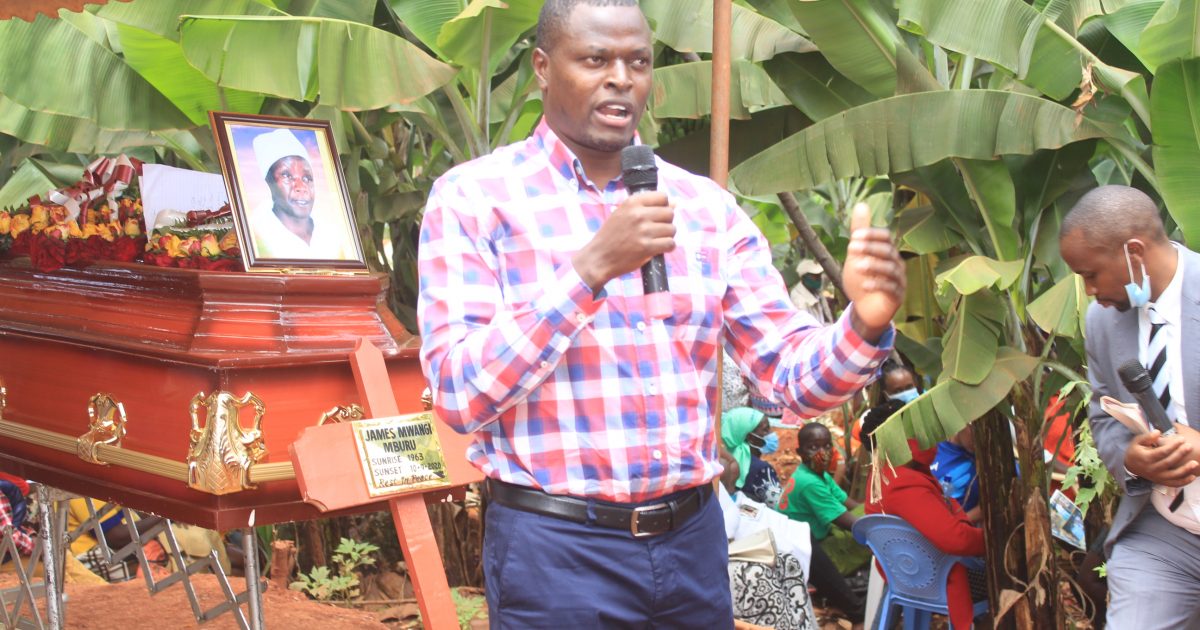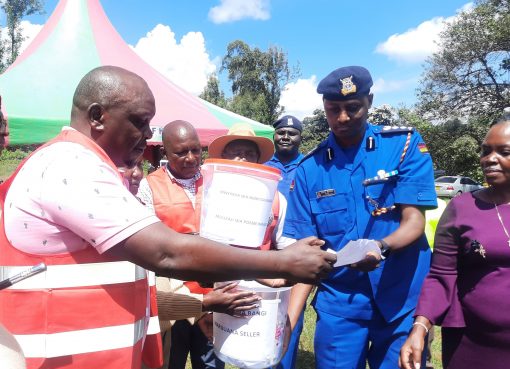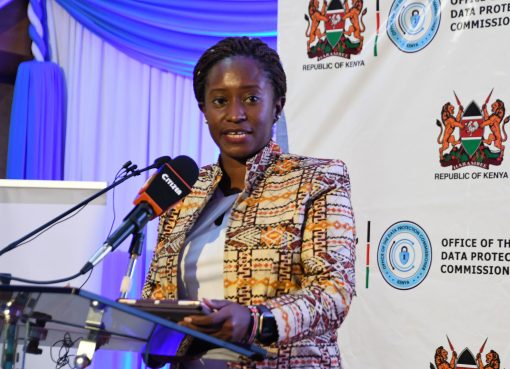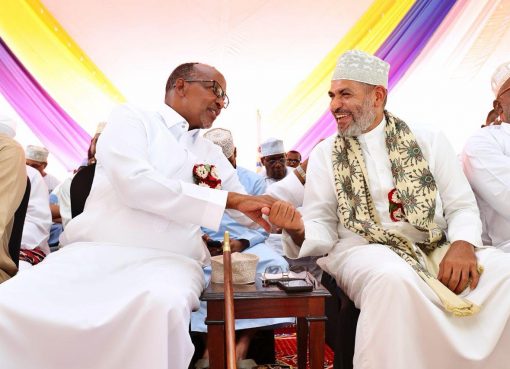Kiharu MP Ndindi Nyoro has said Mount Kenya region has nothing to celebrate about the third basis revenue sharing formula adopted by the Senate on Thursday.
Nyoro said contrary to expectations, the much-hyped new formula did not factor the aspect of one-man, one-vote adding despite some counties in the region having large populations, they will still get less funds compared to those with a small population.
Speaking in Muchungucha village on Friday during a burial ceremony of a man who was murdered by his son, Nyoro said the formula adopted by the senate was different from the one which the Commission on Revenue Allocation (CRA) promised.
He said the formula proposed by CRA would have seen 29 counties gain more funds as 18 others lose some money.
“The CRA formula also proposed fiscal prudence and fiscal efforts as parameters for sharing revenue but it caused sharp differences among senators, hindering its adoption,” stated Nyoro.
Nyoro said the 11 counties which make up Mount Kenya region have a population of 10.8 million according to recent census reports and according to the adopted formula, the region will get a total of Sh77.9 billion.
“With the revenue earmarked to be disbursed in the region, it means the money allocated to each person is Sh6, 800 which is below the national per capita of Sh7, 890,” said Nyoro.
He added that using the national per capital rate for allocation, the region ought to have received Sh84 billion adding it will receive Sh10 billion less.
Out of the Sh53 billion the government will allocate to the counties from the next financial year, the region will receive Sh12.1 billion instead of the Sh12.2 billion it should receive.
Nyoro singled out Murang’a County that has received Sh7.1 billion against what he said should be the rightful share of Sh8.2 billion.
This is even as sparsely populated counties such as Isiolo, Samburu, Wajir, Mandera, Turkana, Marsabit, Garissa, Kwale, Tana River that collectively have a population of 5.6 million people received Sh72.2 billion.
On Thursday, senators who have failed to pass the third basis formula 10 times previously adopted the third basis sharing revenue that ensured no county lost funds.
The new formula has eight parameters and prioritizes the basic share (20 per cent), population (18 per cent), health (17 per cent), poverty level (14 per cent) and agriculture (10 per cent).
Other parameters are weighed at land size (8 per cent), roads (8 per cent) and urban area (5 per cent).
Senators however voted to retain the old formula through-out the current financial year after which the new one will take effect until 2025.
Nyoro in his assessment noted that the one-man, one-shilling, one-vote formula that many recommended to the Building Bridges Initiative committee has not been achieved.
He called on the President to intervene and ensure densely populated counties get funding reflecting the number of people residing there.
By Bernard Munyao





